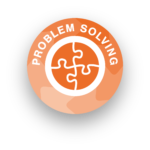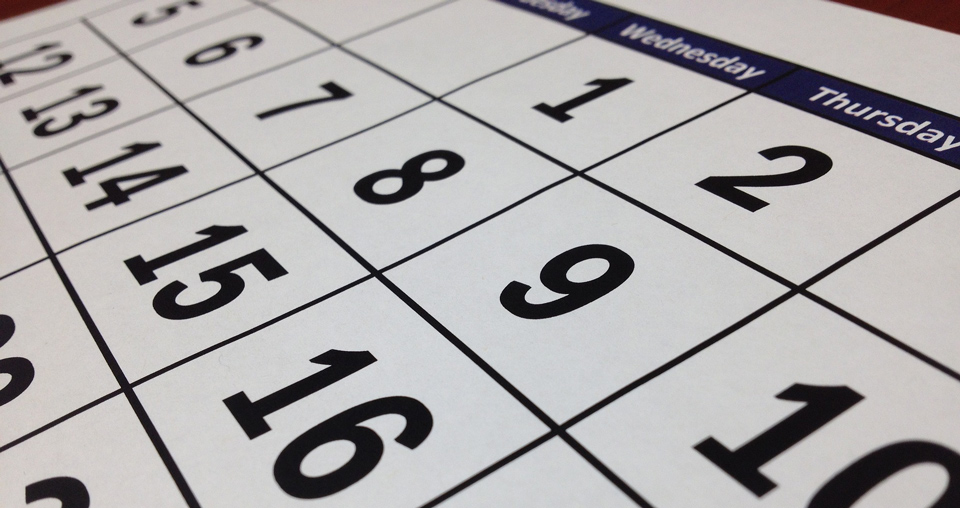You can stop and think about how we measure time on any day in the year. You could make something special using crafts, science, maths or even a photo story to show your own life and interests throughout a year. However, in the United Kingdom we celebrate the start of a ‘new year’ on January 1st and our year number grows by one. So this is a great time to find out more about calendars.
Along with much of the world, the UK now uses the ‘Gregorian Calendar’. It was named after Pope Gregory XIII and first used in 1582 in certain (mainly Catholic) European countries. In 1600, Scotland fully took on the Gregorian Calendar, adjusted dates and started celebrating ‘new year’ on January 1st. England, Wales and Ireland however, continued with March 25th as their first legal day of the year right up until 1752. https://www.iflscience.com/october-5-14-1582-the-ten-days-that-didnt-happen-71150
Question: What might be some of the problems created by different countries not using the same calendar? Do you think these problems would have been worse hundreds of years ago with slower communications around trade or battles…or would difficulties be greater now with computers and holiday travel, for example?
In ancient Rome the calendar was 355 days long and consisted of 12 months, with the addition of an extra month in some years to keep the calendar aligned. Politicians decided when the extra month would be added to a year and the calendar often went very out of sync! In 45 BCE, Julius Caesar decided to regularise the year and introduced the Julian Calendar, a sun-based calendar, 365 days long. The Gregorian system which succeeded this, refined the calendar further. The Gregorian system is also a solar (sun-based) calendar that has 12 months of between 28 and 31 days each, divided into 7-day weeks. It takes the Earth approximately 365.242189 days – or 365 days, 5 hours, 48 minutes, and 45 seconds – to circle once around the Sun. This is called a tropical year and is measured from the March equinox. Each month almost exactly matches the time it takes for the moon to go through a single cycle of phases (New Moon – Waxing – Full Moon – Waning). It is thought that measuring time phases as months was first used in Mesopotamia 400 BCE and the word ‘month’ in the ancient origins of many languages closely matches the word ‘moon’
Question: If you were making a new calendar system, when would your year start and why? How would you calculate or celebrate the seasons, months or days? Can you set up a point in a window where you can measure where and when the sun or moon rises or sets as the months go by? It’s amazing to see the changes – and to realise the sun appears back in its ‘start position’ after one of our calendar years!
Although the Gregorian Calendar is now known and used in much of the world, some countries and cultures use their own calendar instead or organise their modern religious festivals only around ancient calendar systems. What, if anything, do you know about any of these calendars (listed in alphabetical order)? – Buddhist, Chinese, Coptic, Ethiopian, Hebrew, Hindu, Islamic, Jewish, Julian, Persian, Mayan, Revised Julian …
Question: Can you find out where and when some of these calendars are or were used? How many days, weeks and months do they each have? How accurate are they? (It may well surprise you! (https://www.timeanddate.com/date/perfect-calendar.html is a fantastic, reliable website for this kind of information.)
In the Gregorian Calendar, a ‘common year’ has 365 days. Since the ‘tropical year’ is about 365.24 days, all of these 0.24 days start to add up and our calendars gradually fall out of time with the Seasons. So, about every 4 years we create a 366-day ‘leap year’ by adding an extra day in February to make 29 days instead of the usual 28.
It is a leap year if:
a) you can divide the year number exactly by 4
and
b) you cannot divide the year number exactly by 100…UNLESS you can also exactly divide it by 400.
This means that the Millennium year 2000, which was already a huge date on the (Gregorian) calendar, was also a leap year.
Question: When will the next leap year be? Were you born in a leap year? How do other calendar systems adjust to deal with lost or gained hours? (The different calendars we just thought about have their own fascinating calculations for leap years. See here: https://www.timeanddate.com/date/leap-year-in-other-calendars.html)
In today’s world, we don’t need to track the sun to know what day it is. Many of us use a calendar on the wall or even a diary within a mobile phone. However, before modern technology, this poem, handed down through the generations, helped to keep track of how many days there are in a month. Have you heard it?
“30 days have September,
April, June and November.
All the rest have 31
Except for February alone.
That has 28 days clear
And 29 in each leap year.”
Question: Why not set up your own special project to track time passing? Will it be by noticing changes in the moon or stars? By creating your own bedroom calendar and ticking off the days as they go by? Do you need any calculations, coloured pencils or photos? Will you build things around the Gregorian calendar, or your own unique time system of religious celebrations, family events or when plants do certain things? Why not write your own memory poem or song to remember how your own calendar year is set up? And will you keep this calendar secret, or do you need to make a presentation of all your reasons to persuade other people to try out your new system?










